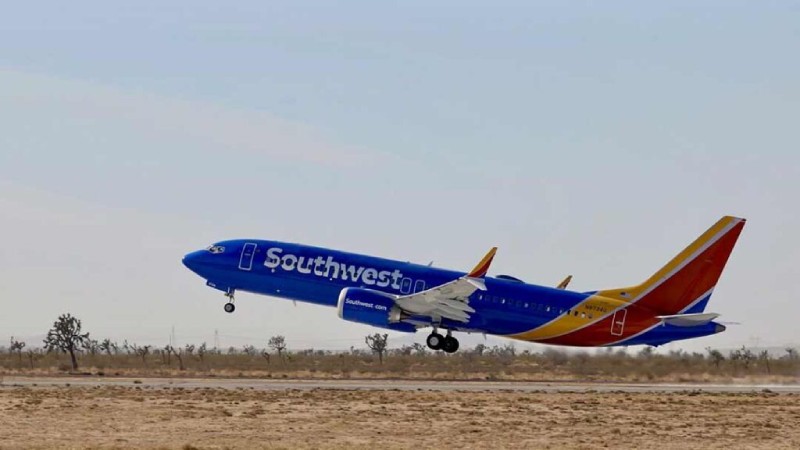
Southwest Airlines Purchases Saffire Renewables, a Jet Fuel Startup
- Business
- March 30, 2024
A startup that produces renewable ethanol, which can be used to create aircraft fuel, has been acquired by Southwest Airlines.
Southwest Airlines Renewable Ventures, the airline’s fully owned subsidiary, now includes the company Saffire Renewables. Terms weren’t made clear.
Southwest established the subsidiary in February with the goal of using sustainable aviation fuel (SAF) to replace 10%, or around 200 million gallons annually, of its jet fuel use by 2030.
Saffire, established in North Dakota, uses maize stover—the remains from corn plants after harvest—to produce ethanol. According to Saffire, the United States generates 400 million tons of maize stover annually, and 50 gallons of jet fuel are made from one ton of the dried material.
Saffire’s technology was created at the National Renewable Energy Laboratory of the United States Department of Energy. Saffire has an exclusive license from the lab to use that technology to expand its business.
During Saffire’s initial trial program in 2022, Southwest made its first investment in the company. Saffire intends to establish pilot plant operations at the Kansas-based Conestoga Arkalon Energy ethanol project after the acquisition.
At the plant, Saffire intends to turn 10 tons of maize stover into ethanol every day. The startup LanzaJet is then supposed to transform that ethanol into jet fuel.
Southwest said in February that it had invested $30 million in LanzaJet to advance and grow the technology that turns low-carbon ethanol into jet fuel. Southwest intends to be the main customer of LanzaJet, which hopes to construct a production facility in the United States.
Adopting SAF is anticipated to make up 65% of the measures required for the global airline industry to reach zero emissions by 2050 when combined with other measures like hybrid electric engines, according to the International Air Transport Association. Producing 118.9 billion gallons of SAF by then would be necessary to do that.